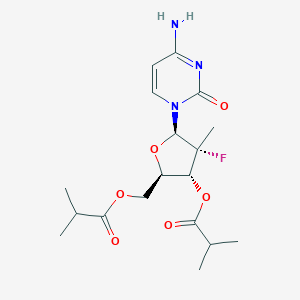
-
Mericitabine
- names:
Mericitabine
- CAS号:
940908-79-2
MDL Number: MFCD22572932 - MF(分子式): C18H26FN3O6 MW(分子量): 399.41
- EINECS: Reaxys Number:
- Pubchem ID:16122663 Brand:BIOFOUNT
| 货品编码 | 规格 | 纯度 | 价格 (¥) | 现价(¥) | 特价(¥) | 库存描述 | 数量 | 总计 (¥) |
|---|---|---|---|---|---|---|---|---|
| YZM000575-10mg | 10mg | 99.47% | ¥ 3107.00 | ¥ 3107.00 | 2-3天 | ¥ 0.00 | ||
| YZM000575-5mg | 5mg | 99.47% | ¥ 2194.73 | ¥ 2194.73 | 2-3天 | ¥ 0.00 |
| 中文别名 | Mericitabine(cas:940908-79-2);(2'R)- 2'-去氧-2'-氟-2'-甲基胞苷 3',5'-双(2-甲基丙酸)酯; |
| 英文别名 | Mericitabine(cas:940908-79-2),R-7128,RG7128,R7128,R 7128,PSI 6130 diisobutyrate,2'-Deoxy-2'-fluoro-2'-C-methylcytidine diisobutyrate |
| CAS号 | 940908-79-2 |
| Inchi | InChI=1S/C18H26FN3O6/c1-9(2)14(23)26-8-11-13(28-15(24)10(3)4)18(5,19)16(27-11)22-7-6-12(20)21-17(22)25/h6-7,9-11,13,16H,8H2,1-5H3,(H2,20,21,25)/t11-,13-,16-,18-/m1/s1 |
| InchiKey | MLESJYFEMSJZLZ-MAAOGQSESA-N |
| 分子式 Formula | C18H26FN3O6 |
| 分子量 Molecular Weight | 399.41 |
| 溶解度Solubility | 生物体外In Vitro:DMSO溶解度100 mg/mL(250.37 mM;Need ultrasonic) |
| 性状 | 固体粉末,Power |
| 储藏条件 Storage conditions | -20°C 3 years年 4°C 2 years年 / In solvent溶液中:-80°C 6 months月 -20°C 1 month月 |
1.实验前需戴好防护眼镜,穿戴防护服和口罩,佩戴手套,避免与皮肤接触。
2.实验过程中如遇到有毒或者刺激性物质及有害物质产生,必要时实验操作需要手套箱内完成以免对实验人员造成伤害
3.实验后产生的废弃物需分类存储,并交于专业生物废气物处理公司处理,以免造成环境污染Experimental considerations:
1. Wear protective glasses, protective clothing and masks, gloves, and avoid contact with the skin during the experiment.
2. The waste generated after the experiment needs to be stored separately, and handed over to a professional biological waste gas treatment company to avoid environmental pollution.
Tag:Mericitabine蒸汽压,Mericitabine合成,Mericitabine标准,Mericitabine应用,Mericitabine合成,Mericitabine沸点,Mericitabine闪点,Mericitabine用途,Mericitabine溶解度,Mericitabine价格,Mericitabine作用,Mericitabine结构式,Mericitabine用处
| 产品说明 | Mericitabine (940908-79-2)是一种有效的核苷HCV NS5B polymerase的抑制剂 |
| Introduction | Mericitabine (940908-79-2,R128) is a nucleoside inhibitor of theHCV NS5B polymerasethat acts as an RNA chain terminator and prevents elongation of RNA transcripts during replication. |
| Application1 | Mericitabine (940908-79-2)用作 RNA 链终止子,且在复制期间防止 RNA 转录物的延长 |
| Application2 | Mericitabine has been investigated for the treatment of Hepatitis C, Chronic. Mericitabine is a polymerase inhibitor being developed for the treatment of chronic hepatitis C. Mericitabine is a prodrug |
| Application3 | Mericitabine is an orally available prodrug of PSI-6130 which is a selective cytidine nucleoside analogue and non-cytotoxic hepatitis C virus (HCV) polymerase inhibitor. |
| 警示图 | |
| 危险性 | warning |
| 危险性警示 | Not available |
| 安全声明 | H303吞入可能有害+H313皮肤接触可能有害+H2413吸入可能对身体有害 |
| 安全防护 | P264处理后彻底清洗+P280戴防护手套/穿防护服/戴防护眼罩/戴防护面具+P305如果进入眼睛+P351用水小心冲洗几分钟+P338取出隐形眼镜(如果有)并且易于操作,继续冲洗+P337如果眼睛刺激持续+P2393获得医疗建议/护理 |
| 备注 | 实验过程中防止吸入、食入,做好安全防护 |
| Ritonavir-boosted danoprevir-based regimens in treatment-naive and prior null responders with HCV genotype 1 or 4 and compensated cirrhosis Hepatology International 2016 26886127 |
| Danoprevir: First Global Approval Drugs 2018 30117020 |
| The Discovery of Sofosbuvir: A Liver-Targeted Nucleotide Prodrug for the Treatment and Cure of HCV HCV: The Journey from Discovery to a Cure 2019 |
| Non-interferon Therapies for Hepatitis C Current Hepatitis Reports 2012 |
| NS5A Inhibitors Current Hepatitis Reports 2012 |
Abstract:Mericitabine (RG7128), an orally administered prodrug of PSI-6130, is the most clinically advanced nucleoside analogue inhibitor of the RNA-dependent RNA polymerase (RdRp) of HCV. This review describes what has been learnt so far about the resistance profile of mericitabine. A serine to threonine substitution at position 282 (S282T) of the RdRp that reduces its replication capacity to approximately 15% of wild-type is the only variant that has been consistently generated in serial in vitro passage experiments. To date, no evidence of genotypic resistance to mericitabine has been detected by population or clonal sequence analysis in any baseline or on-treatment samples collected from >600 patients enrolled in Phase I/II trials of mericitabine administered as monotherapy, in combination with pegylated interferon/ribavirin, or in combination with the protease inhibitor, danoprevir, for 14 days in the proof-of-concept study of interferon-free therapy.
2.Modelling the interaction between danoprevir and mericitabine in the treatment of chronic HCV infection/PMID 26555159; Antiviral therapy 2016; 21(4):297-306/Name matches: danoprevir mericitabine
Abstract:
Background: Modelling HCV RNA decline kinetics under therapy has proven useful for characterizing treatment effectiveness.
Methods: Here we model HCV viral kinetics (VK) in 72 patients given a combination of danoprevir, a protease inhibitor, and mericitabine, a nucleoside polymerase inhibitor, for 14 days in the INFORM-1 trial. A biphasic VK model with time-varying danoprevir and mericitabine effectiveness and Bliss independence for characterizing the interaction between both drugs provided the best fit to the VK data.
Results: The average final antiviral effectiveness of the drug combination varied between 0.998 for 100 mg three times daily of danoprevir and 500 mg twice daily of mericitabine and 0.9998 for 600 mg twice daily of danoprevir and 1,000 mg twice daily of mericitabine. Using the individual parameters estimated from the VK data collected over 2 weeks, we were not able to reproduce the low sustained virological response rates obtained in a more recent study where patients were treated with a combination of mericitabine and ritonavir-boosted danoprevir for 24 weeks.
Conclusions: This suggests that drug-resistant viruses emerge after 2 weeks of treatment and that longer studies are necessary to provide accurate predictions of longer treatment outcomes.
3.Oral combination therapy with a nucleoside polymerase inhibitor (RG7128) and danoprevir for chronic hepatitis C genotype 1 infection (INFORM-1): a randomised, double-blind, placebo-controlled, dose-escalation trial/PMID 20951424; Lancet (London, England) 2010 Oct; 376(9751):1467-75/Name matches: danoprevir rg7128
Abstract:
Background: Present interferon-based standard of care treatment for chronic hepatitis C virus (HCV) infection is limited by both efficacy and tolerability. We assessed the safety, tolerability, and antiviral activity of an all-oral combination treatment with two experimental anti-HCV drugs-RG7128, a nucleoside polymerase inhibitor; and danoprevir, an NS3/4A protease inhibitor-in patients with chronic HCV infection.
Methods: Patients from six centres in New Zealand and Australia who were chronically infected with HCV genotype 1 received up to 13 days oral combination treatment with RG7128 (500 mg or 1000 mg twice daily) and danoprevir (100 mg or 200 mg every 8 h or 600 mg or 900 mg twice daily) or placebo. Eligible patients were sequentially enrolled into one of seven treatment cohorts and were randomly assigned by interactive voice or web response system to either active treatment or placebo. Patients were separately randomly assigned within each cohort with a block size that reflected the number of patients in the cohort and the ratio of treatment to placebo. The random allocation schedule was computer generated. Dose escalation was started in HCV treatment-naive patients; standard of care treatment-experienced patients, including previous null responders, were enrolled in higher-dose danoprevir cohorts. Investigators, personnel at the study centre, and patients were masked to treatment allocation. However, the pharmacist who prepared the doses, personnel involved in pharmacokinetic sample analyses, statisticians who prepared data summaries, and the clinical pharmacologists who reviewed the data before deciding to initiate dosing in the next cohort were not masked to treatment allocation. The primary outcome was change in HCV RNA concentration from baseline to day 14 in patients who received 13 days of combination treatment. All patients who completed treatment with the study drugs were included in the analyses. This study is registered with ClinicalTrials.gov, NCT00801255.
Findings: 88 patients were randomly assigned to a study drug treatment regimen (n=74 over seven treatment groups; 73 received at least one dose of study drug) or to placebo (n=14, all of whom received at least one dose). The median change in HCV RNA concentration from baseline to day 14 ranged from -3·7 to -5·2 log(10) IU/mL in the cohorts that received 13 days of combination treatment. At the highest combination doses tested (1000 mg RG7128 and 900 mg danoprevir twice daily), the median change in HCV RNA concentration from baseline to day 14 was -5·1 log(10) IU/mL (IQR -5·6 to -4·7) in treatment-naive patients and -4·9 log(10) IU/mL in previous standard of care null responders (-5·2 to -4·5) compared with an increase of 0·1 log(10) IU/mL in the placebo group. The combination of RG7128 and danoprevir was well tolerated with no treatment-related serious or severe adverse events, no grade 3 or 4 changes in laboratory parameters, and no safety-related treatment discontinuations.
Interpretation: This oral combination of a nucleoside analogue polymerase inhibitor and protease inhibitor holds promise as an interferon-free treatment for chronic HCV.
- 相关产品
-
< >
- 推荐产品
-
< >
- 最新产品
-
< >
新闻
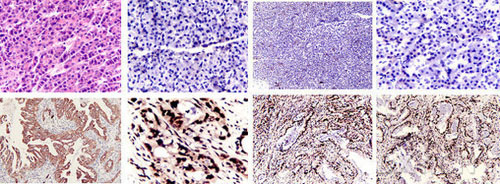
怎么做细胞爬片免疫组化染色实验
细胞爬片免疫组化染色,是通过细胞爬片是让玻片浸在细胞培养基内,细胞在玻片上生长,主要用于组织学,免疫组织化学...
2020/7/20 22:04:33
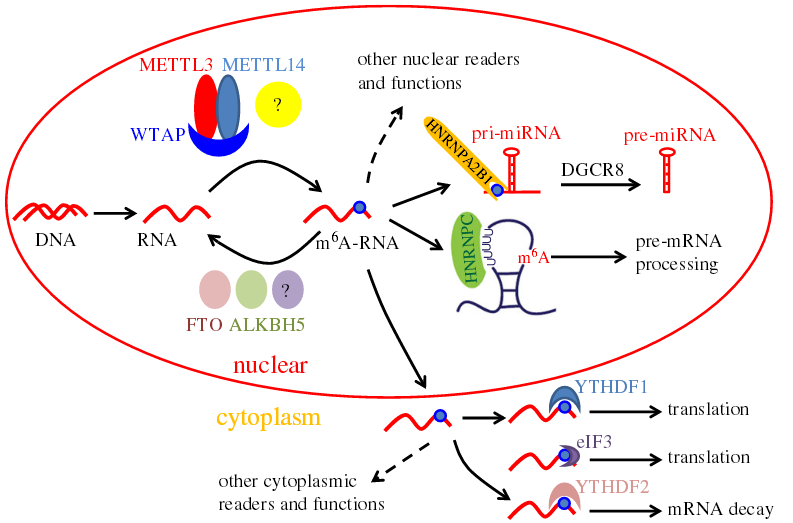
提取病毒RNA的实验方法
提取病毒RNA方法分别有:异硫氰酸胍的提取病毒RNA方法、TRIzol LS提取法、Trizol法提取法等等...
2020/7/22 20:29:26

9月开学季——助研新学期 范德送好礼
2025/8/28 15:30:55
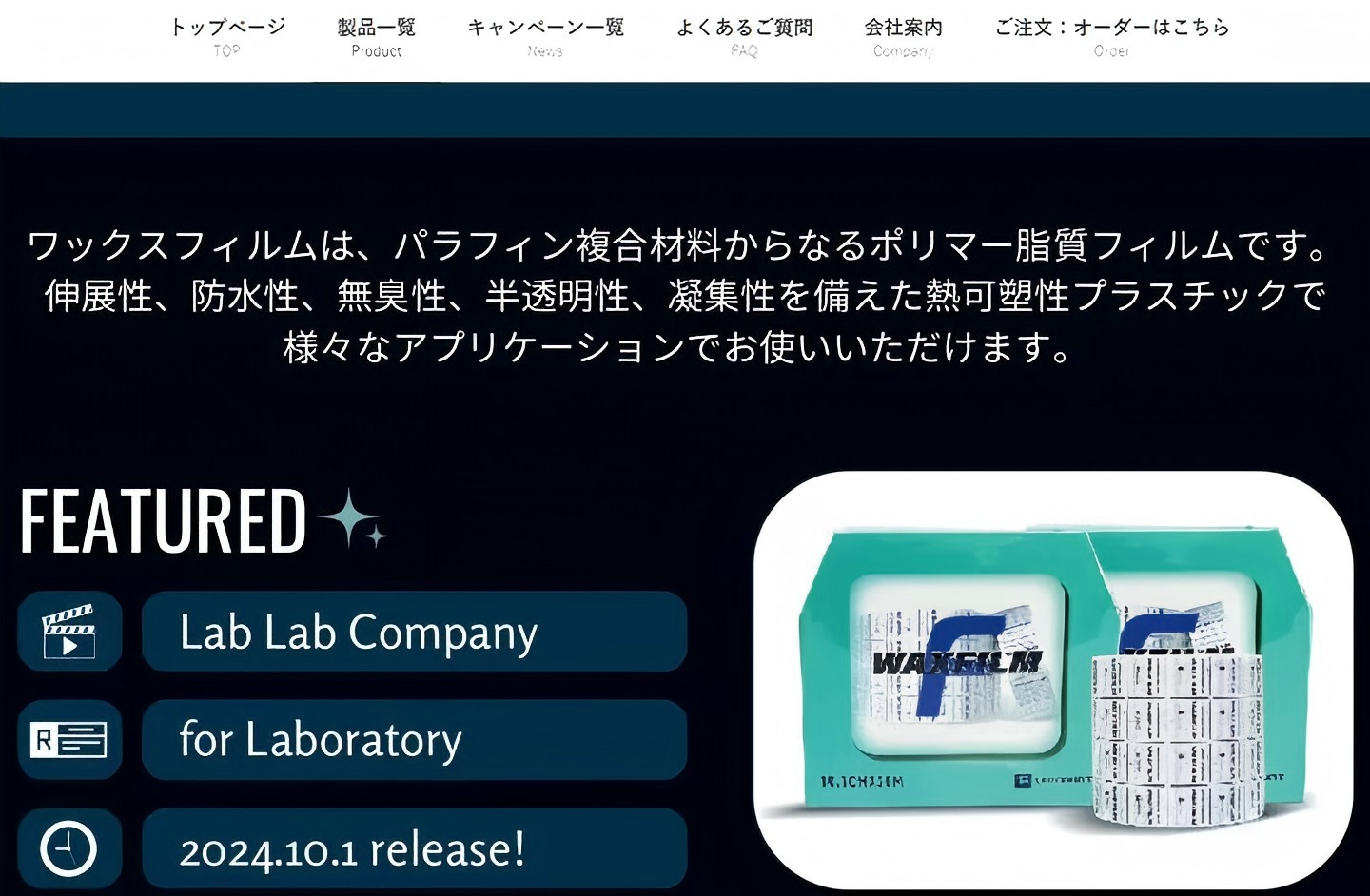
Waxfilm 实验室封口膜:技术与国际市场的双重突破
在实验室耗材领域,封口膜是保障实验准确性与稳定性的关键产品之一。近年来,Waxfilm?实验室封口膜凭借其卓...
2025/5/13 13:03:40
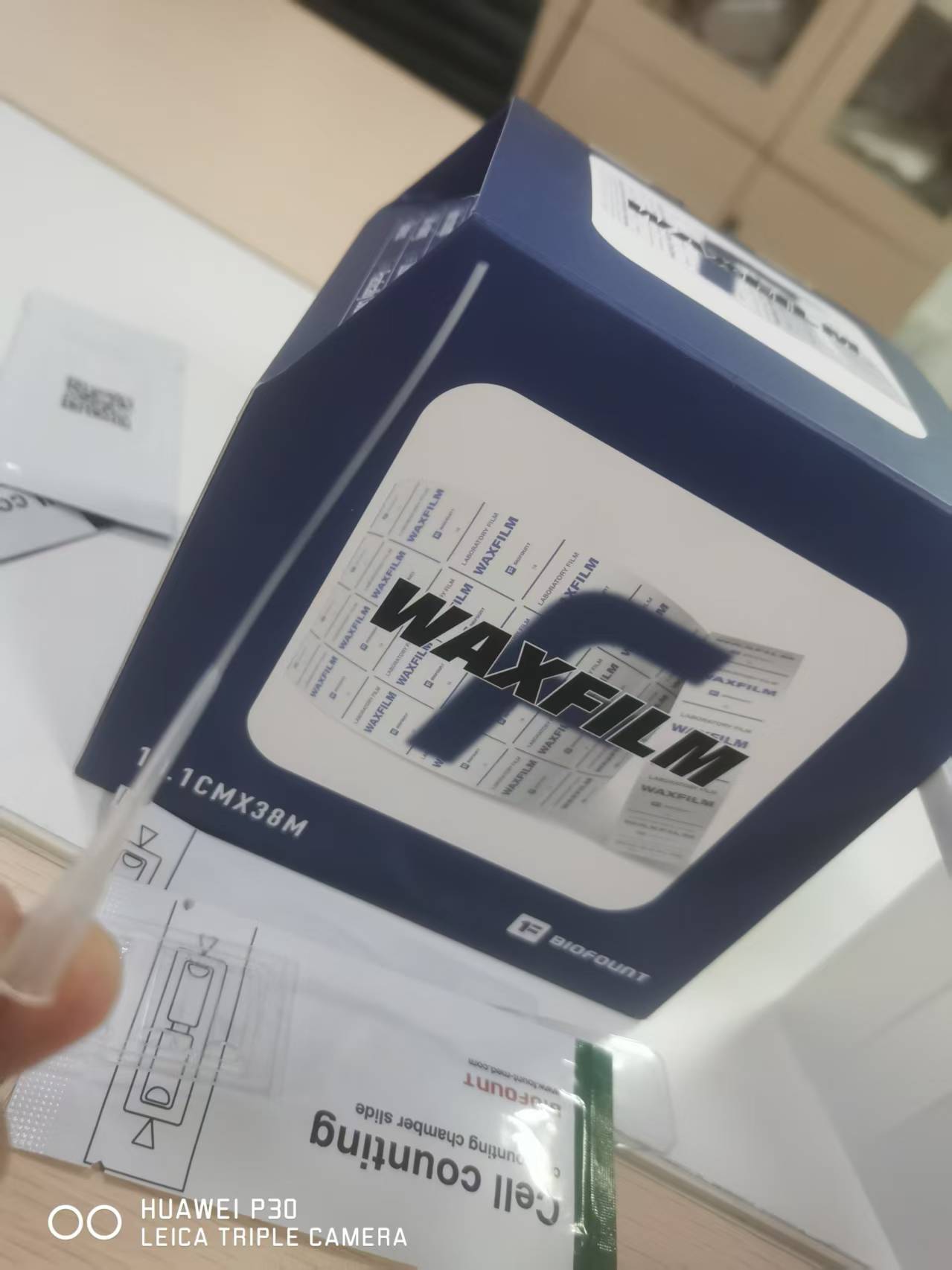
Waxfilm实验室封口膜的5大突破
Waxfilm实验室封口膜作为生物功能膜领域的国产技术突破和品牌突破,是生物领域中国技术发展的缩影。
2025/5/6 17:02:07
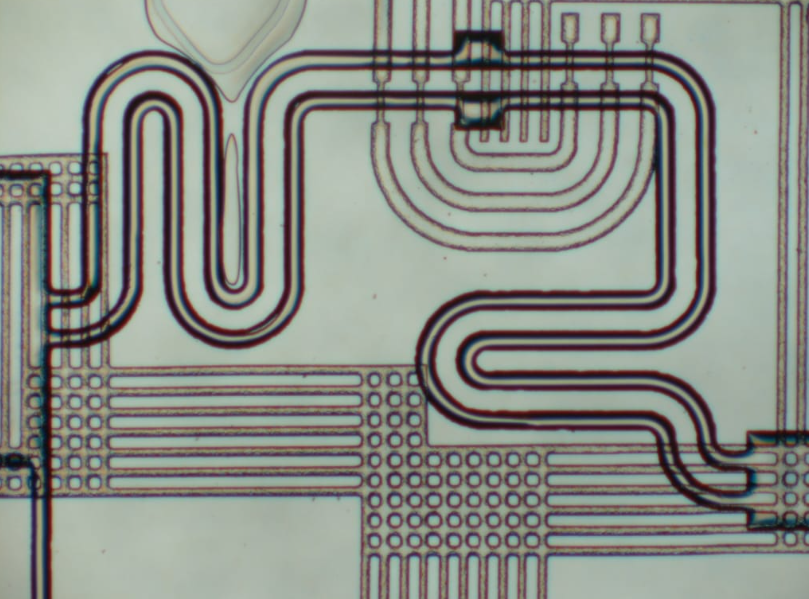
各种微流控芯片键合方法的优缺点
微流控芯片键合:目前主要有激光焊接、热压键合、胶键合、超音波焊接,每种方法都有各自的优缺点。本文主要介绍聚酯...
2023/7/28 10:43:09
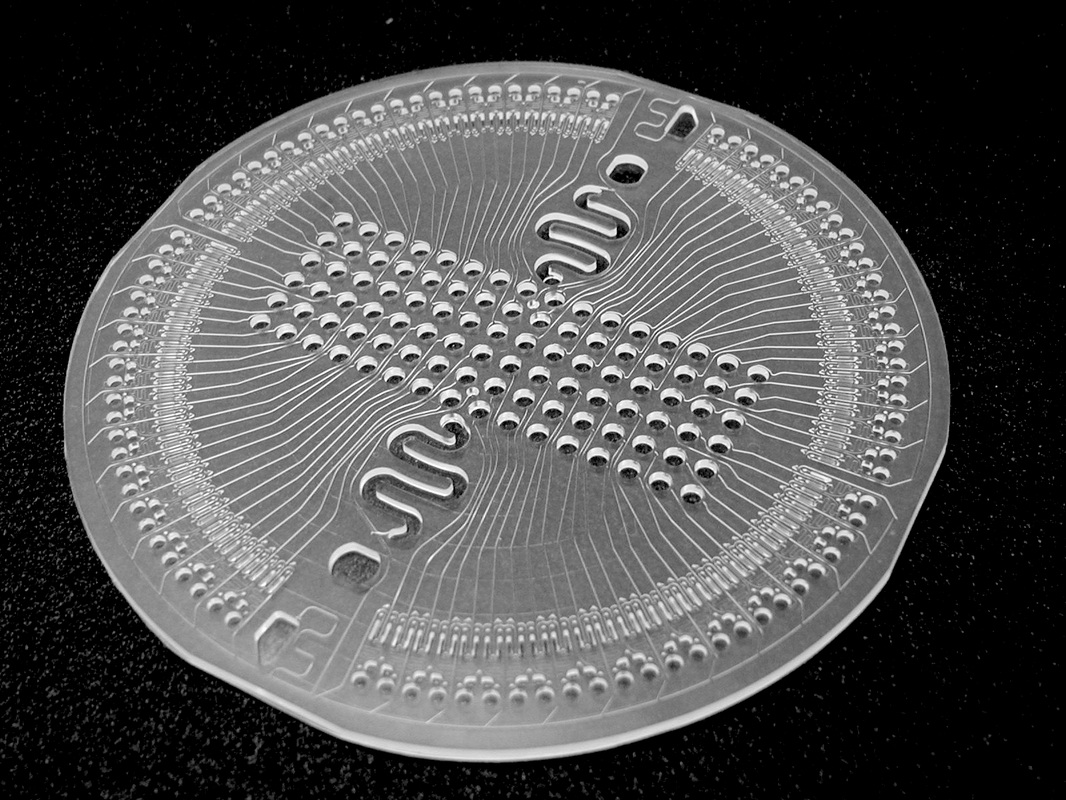
新一代微流控键合解决方案
微流控键合解决方案:微流控芯片制造的一个重要环节,也是最容易被忽视的--芯片键合。其中一个重要因素是:微流控...
2023/7/27 12:44:28
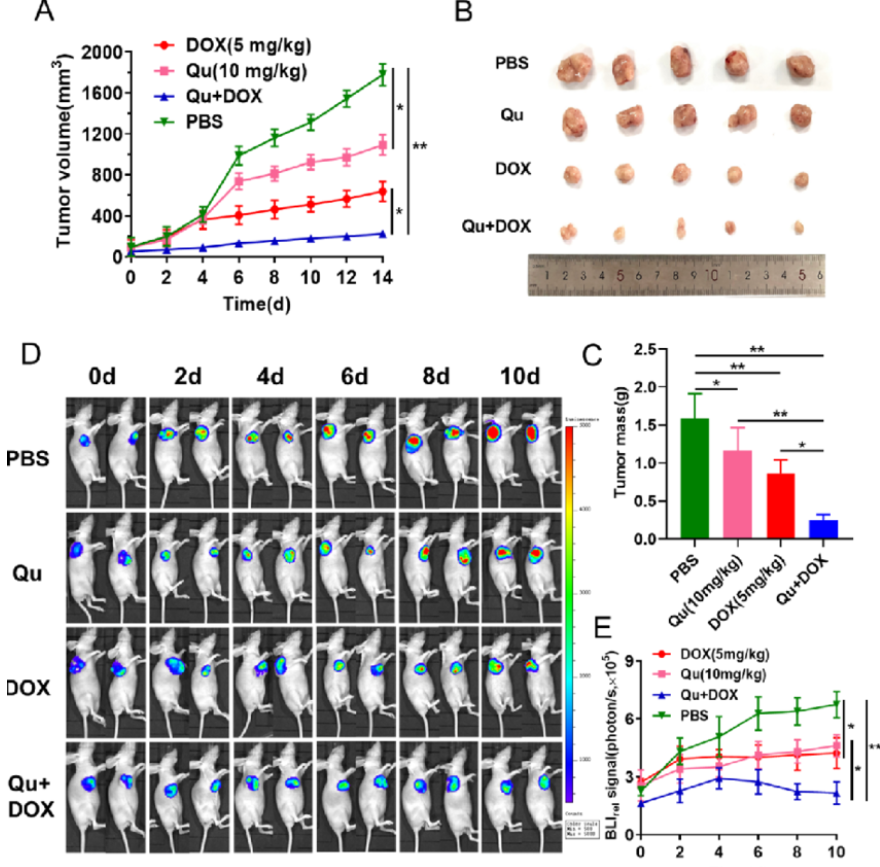
荧光素钾盐使用说明
D-荧光素钾盐(K+)设计用于体外和体内生物发光测定。D-荧光素的质量和纯度对于获得良好和可重复的结果至关重...
2023/7/20 11:05:11
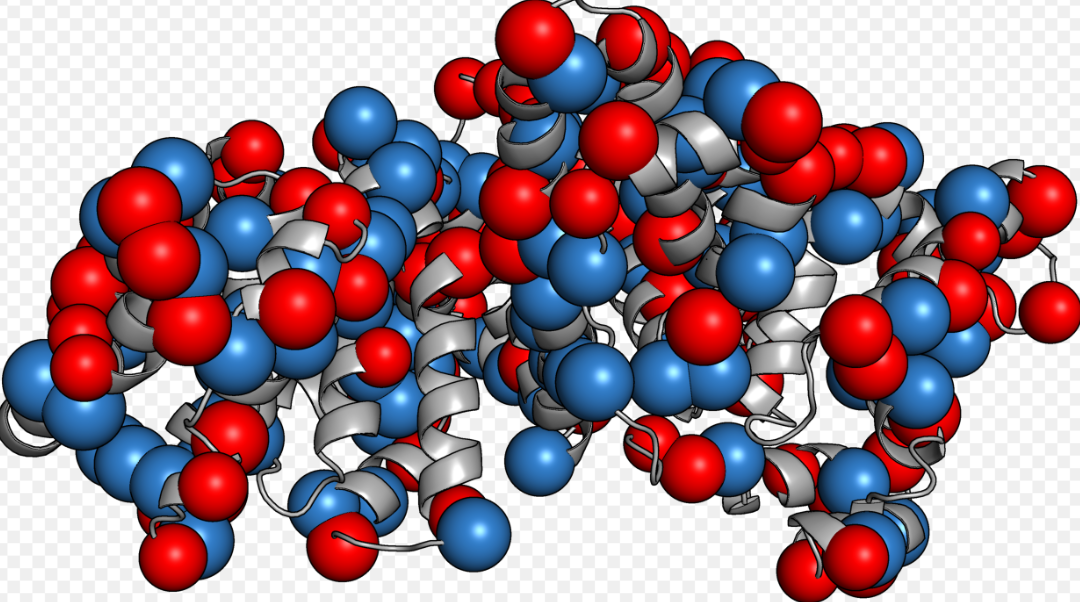
如何选BSA(牛血清白蛋白)
如何选BSA(牛血清白蛋白):牛血清白蛋白(BSA)有多种形式,如何选择适合自己的牛血清白蛋白(BSA)是一...
2023/2/14 13:09:18
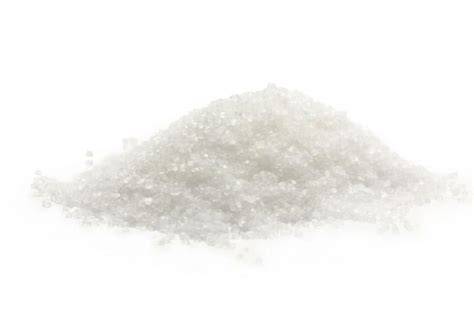
牛血清白蛋白(BSA)常见问题
牛血清白蛋白(BSA)常见问题:牛血清白蛋白(BSA)在实验室中是通用的,可用于蛋白质印迹、细胞组织培养、P...
2022/10/19 9:39:51




 购物车
购物车 



